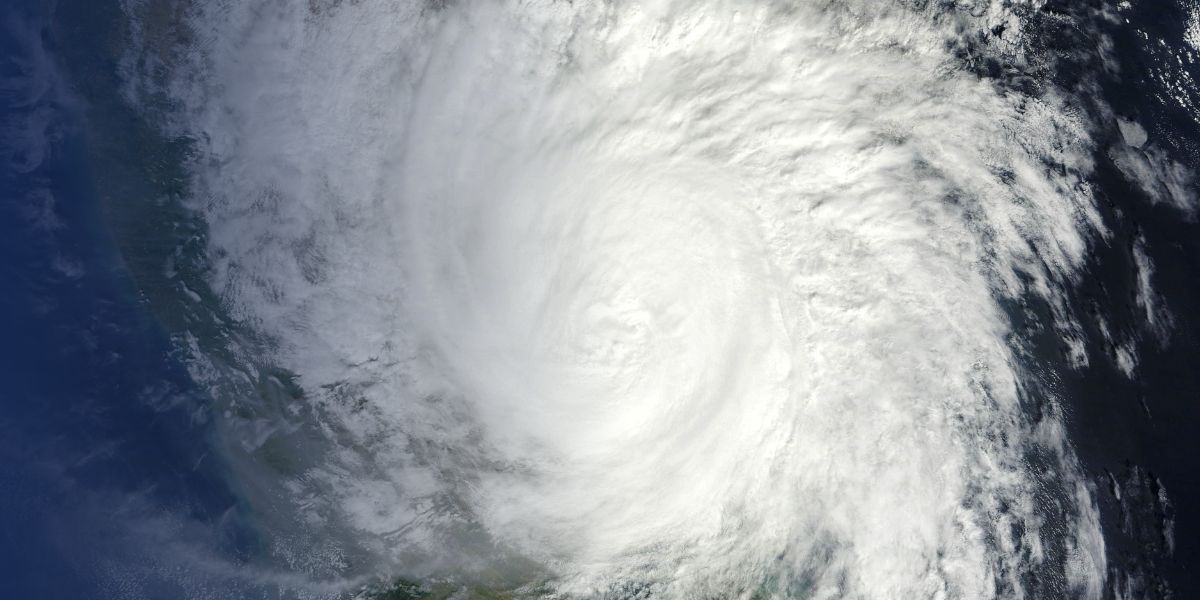
By Eric Althoff and Christy Anderson
This month’s encounter with Hurricane Milton—coming so soon after Hurricane Helene—underlines the need to be aware of natural disasters occurring in areas where you and your clients are located, the criticality of having a recovery plan in place, and the importance of a clear communication plan. (We sincerely hope everyone in the path of Milton is safe and that those affected are able to recover quickly!) Though Milton has since passed into the Atlantic and its strength faded, the leadup to the storm, its landfall, as well as the disaster recovery following the storm collectively reminds us of the need to be prepared—both for personal and property safety as well as for business continuity.
Promova works with clients across various industries, including technology, legal, and the architectural, engineering, and construction (AEC) industry. Disruptions to any business can be challenging, but proactive steps can help minimize obstacles and keep operations running smoothly. This is true not only for hurricanes; wildfires like the 2023 Rabbit Fire, which scorched over 7,000 acres, have caused significant business interruptions in California. Similarly, the Midwest faces annual tornado seasons, with unpredictable storms wreaking havoc on entire communities. Natural disasters often result in business disruptions, so having a business continuity plan in place well ahead of time is crucial. To prevent panic and maintain service, many Florida banks proactively communicated their plans for uninterrupted service during weather-related disruptions. Your company or firm can implement similar strategies to ensure clients are kept informed and services remain consistent. Here are some suggestions:
Be proactive and honest
Minimizing or playing down a clear and present danger is never a good idea—and doing so may decrease your clients’ faith in you. As soon as you have any inkling a disaster is coming, reach out to your clients, vendors, and other stakeholders immediately. Even if you don’t yet have all the answers about either the impending event or how long an outage is theoretically possible, don’t hesitate to acknowledge that uncertainty—and add, “We will let you know as soon as we have more information.” Full transparency about the situation builds trust. And trust, in the longer term, equates to better relationships—and sustained business.
Set expectations and stick to them
In disaster situations, as seen in 2021 during Texas’s unexpected winter storm, power and internet are likely to be interrupted, potentially for days or weeks, hamstringing communications. Set expectations with your clients early about how often you will keep in touch during the crisis. So, prior to any “act of God” circumstances, set up a schedule of communication, even if it’s once per day, to ease anxieties. To be on the safe side, it is also a good idea to have a continuity plan with someone based outside the disaster zone and include them on all decisions and communications.
Provide a timeline and contact information for questions
Get your plans for disaster recovery written down, and ensure your client has a copy, complete with relevant contact names, emails, and phone numbers. Clarify who to contact for specific areas of concern, whether service, legal, or project related. When an event hits, provide updates on each of the steps you outlined earlier so that everyone understands precisely where you are in that process.
Thank your team for their hard work
In Japanese, the same word means “crisis” and “opportunity.” Emergencies and disasters can be unpleasant and often dangerous, but they also provide a chance for your team members to demonstrate their skills and strengths. They will likely come out of the experience much stronger and connected, individually and collectively. Publicly thank everyone for their hard work and schedule a post-disaster debriefing session to discuss what could be improved for next time.
By engaging in these simple yet crucial steps, you can turn a potential disaster into an opportunity for your team while reinforcing the trust you have built with your clients.
